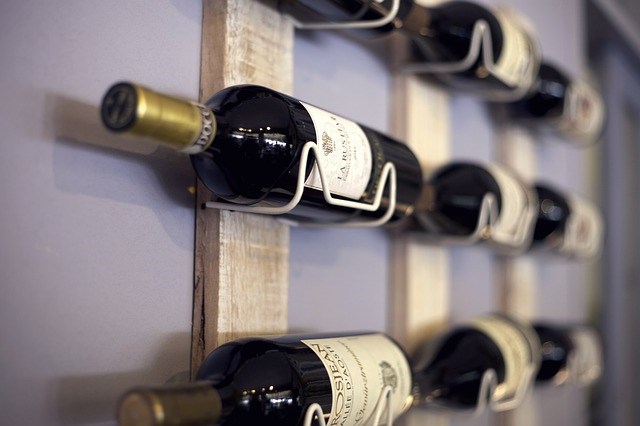To prevent the topic of liquor retailing from becoming a platform volleyball, the Saskatchewan government has left the decision of privatization to the public.
The consultation process offers people five different options to consider: maintaining the current system; an expanded private retail system; an Alberta-style fully private retail system; a managed transition to fully private system; or an expanded government retail system.
“The consultation process is to get a sense and a feel for where the public and stakeholders are regarding the retail of alcohol,” said Don McMorris, Minister responsible for the Saskatchewan Liquor and Gaming Authority (SLGA). “It never gets a chance to be debated properly. It’s just talked about for one day during election.”
McMorris said the SLGA wants to hear the public’s opinion about what the retail model should be. Part of this process is intended to educate the public about what the current system is now and what options are available. As such, the website where the consultation is located also includes links about the history of the province’s liquor retail system and link about how neighbouring jurisdictions operate.
Depending on which outcome the public chooses, the laws appended to liquor retail will not change. However, the sale model might.
“When you look at the rules and policies in place over a long time, a lot of it was into protecting the business itself,” said McMorris. “For example, the laws would say how close one liquor store could be to another. If it’s a free market, they could open up another in close proximity and if (both liquor stores) survive, so be it.”
McMorris said the reason the provincial government is opening up the option of privatization is so that they can redirect those funds into other infrastructure. If the public was agreeable to privatization, then instead of investing in more liquor stores or maintaining the ones they have, the government could instead put that money towards, schools, hospitals, etc.
“The government said we don’t want to put money into brick and mortar for liquor; it needs to be for schools and highways,” said McMorris.
Currently, there are 75 government-owned liquor stores and three recently introduced small private retail stores. The three private stores are a test to see how privatization works and will be used as pilots for people to use as an example. The question people have to ask themselves during this process now is if they want to keep the mixed system, maintain a fully government-controlled system, or make it completely privatized.
“We could go all private, but still have control over where the stores are, or go all the way to Albera-style, where the government is not exercising any of those controls and it goes to a free market,” said McMorris.
Citizens can express their opinions at www.saskatchewan.ca/liquorretail until Jan. 30. They can read about the options, complete a brief survey, and provide comments. According to a government news release, key stakeholders can also submit comments, which will be posted on the website.
“We know we’re going to need some more new stores to help meet future demand and we also know we have some existing stores that will need investments in the future,” said McMorris in this release. “Before we decided how to proceed, we want to hear what customers, stakeholders and the general public have to say.”




